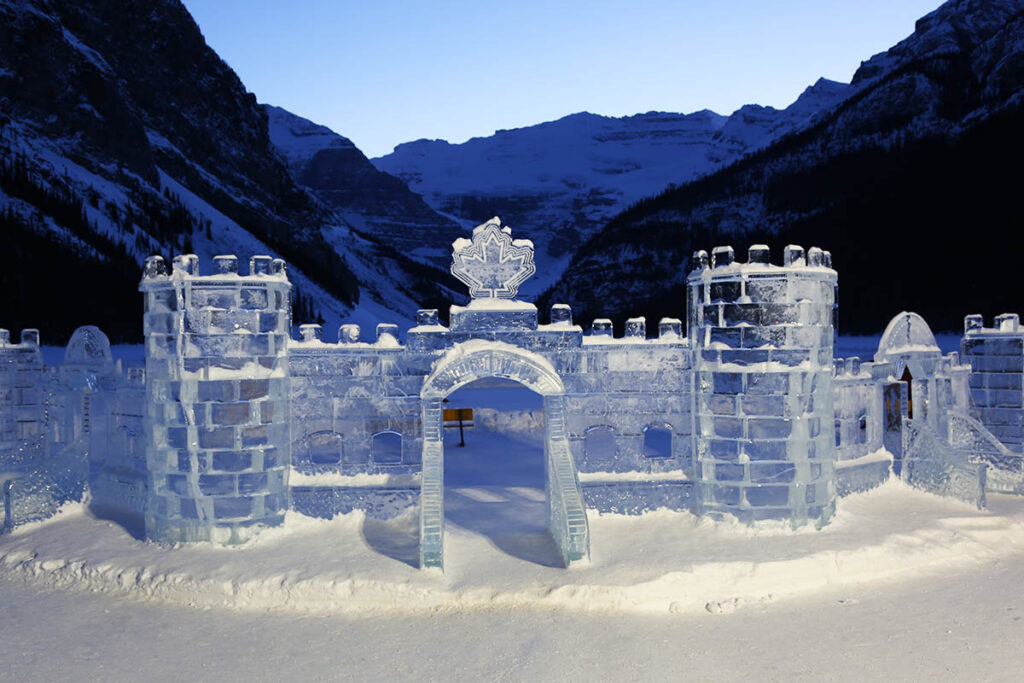Lake Louise Weather
While Lake Louise can be visited year-round, there are two influxes of visitors—one in the warmer months and the other in winter. SUMMER (late June to mid-Sept.) is definitely high season, especially the school holiday period of July through August. Simply said, the weather is unbeatable. The season is dominated by long, warm—and sometimes hot—days, everything is open, and there’s plenty to do and see. Crowds around Lake Louise and local hiking trails, high prices, and difficulty securing reservations are the downside of summer travel.
Late spring and early fall are excellent times to visit Lake Louise for two reasons: you’ll avoid the crowds, and you’ll save money. SPRING (mid-Apr. to late June) is notable for long days of sunlight (in late June it stays light until after 10 p.m.) and a sense of optimism for the upcoming warm months, although Lake Louise is often frozen well into June.
Early FALL (mid-Sept. to Nov.) can be delightful, especially September, with lingering warm temperatures and a noticeable decrease in crowds immediately after the long weekend (at the beginning of the month). While fall colours in general lack the intensity of those in the eastern provinces and New England, larch turns a brilliant yellow throughout high alpine areas in late September.
Lake Louise Ski Resort opens for the WINTER season (Dec. to mid-Apr.) in late November. The better snow conditions are often January to February, although for enthusiasts looking for a combination of good snow and warmer weather, March is an excellent time of year to visit.

A frozen lake Louise at dusk.
Current Lake Louise Weather
The closest Environment Canada weather station is in Banff, so for current Lake Louise weather, check out Lake Louise webcams or current conditions below.
